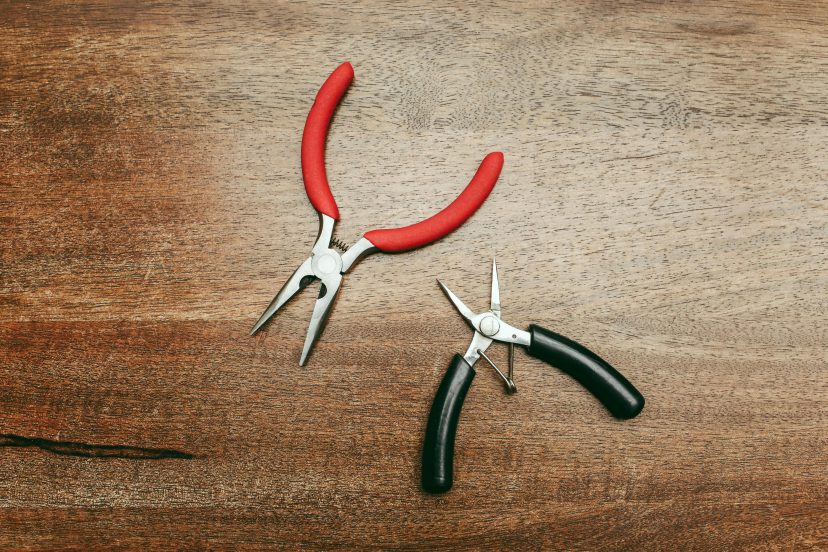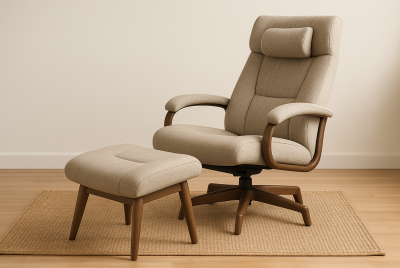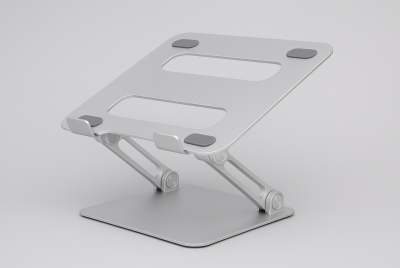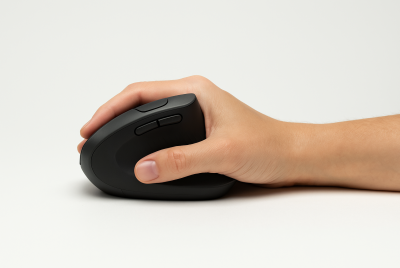Ergonomic Tools: Finding Comfort in Everyday Life
We may earn a commission for purchases made using our links. Please see our disclosure to learn more.
I still remember the first time I felt that sharp twinge in my wrist—the kind that whispers at first but grows louder with every keystroke. The ache spread to my shoulders, my posture slumped, and before long, I was wearing the dreaded “computer hunch” like a badge I never asked for. The problem? Like so many of us—whether working from home, on a construction site, in a garden, or in an office—I was pushing my body into awkward positions it was never designed to endure. And the more I ignored it, the more my productivity, comfort, and joy in my work suffered. But here’s the good news: ergonomic tools aren’t just for the ultra-picky or tech-obsessed—they’re the solution that can transform the way you work and live, protecting your body while helping you perform at your best.
Ergonomic Tools Examples
Before we dive deep into specific use cases, let’s paint a big picture.
Ergonomic tools are designed to fit you—your body, your movements, your daily tasks—rather than forcing you to contort yourself to fit them. Imagine slipping into a chair that hugs you in all the right places, using a mouse that feels like it was molded for your hand, or gripping a screwdriver that doesn’t make your fingers scream after 10 minutes.
Common ergonomic tools include:
- Office: Ergonomic chairs, sit-stand desks, monitor stands, split keyboards, vertical mice.
- Industrial: Cushioned-handled pliers, angled screwdrivers, adjustable workbenches.
- Construction: Anti-vibration power tools, padded grips, lightweight drills.
- Gardening: Long-handled weeders, cushioned trowels, lightweight shears.
- Medical & Accessibility: Adaptive utensils, soft-grip pens, jar openers.
Take a moment to think about your daily routine. Which tools or furniture cause you the most discomfort? That’s your starting point for exploring ergonomic upgrades.
Ergonomic Tools for Construction
I once shadowed a carpenter friend for a day—let’s call him Marco. By lunchtime, I was shocked. The work wasn’t just physically demanding—it was repetitive and, frankly, punishing on the body. His drills vibrated so much that I could feel the tingling in my fingertips hours later.
For those in construction, ergonomic tools are more than a comfort choice—they’re a career-saver.
Key examples:
- Anti-vibration power tools to reduce nerve damage risk in hands and arms.
- Lightweight nail guns to reduce shoulder strain.
- Ergonomic hammers with balanced heads to minimize wrist flick.
- Adjustable tool belts that distribute weight evenly.
Pro tip: If you’re in the trades, invest in tools that make you the priority, not just the job. Your body is your most valuable asset on-site.
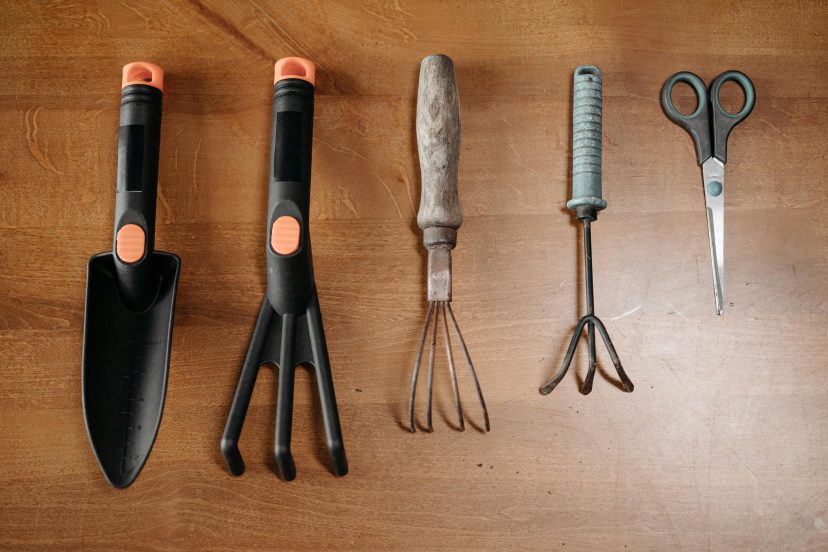
Ergonomic Tools for Gardening
Gardening is my therapy. The smell of soil, the satisfaction of pulling weeds—it’s grounding. But it’s also, let’s be honest, hard on the knees, back, and wrists.
Ergonomic gardening tools are like having a friend in the garden who knows exactly when you need a hand.
Examples:
- Long-handled weeders so you don’t have to hunch.
- Lightweight pruners with spring-loaded handles.
- Cushioned trowels that reduce palm pressure.
- Kneeling pads with side handles for easy getting up.
Think of ergonomic gardening tools as the “training wheels” for your body. They keep you steady, balanced, and supported—so you can focus on growing life, not nursing aches.
For more practical tips and product suggestions, explore our guide on ergonomic gardening tools to help you protect your back and enjoy longer, more comfortable hours in the garden.
Ergonomic Tools for Hand Use
Not all discomfort is in the back or neck. Sometimes, it’s right in the palm of your hand. I learned this after a marathon weekend of DIY projects—by Monday, my fingers felt like they’d aged 20 years.
Ergonomic hand tools are designed to match the natural curve of your grip, reducing strain on the small joints and tendons.
Best picks:
- Cushion-handled screwdrivers for better grip and reduced friction.
- Angled pliers that allow a more natural wrist position.
- Ergonomic craft scissors for long cutting sessions.
- Pen grips or ergonomic pens for writers and artists.
Ergonomic Tools for Arthritis
Arthritis can make everyday tasks feel like uphill battles. For someone with arthritis, even opening a jar or typing for a few minutes can trigger pain. Ergonomic tools offer a gentle but powerful ally here.
Arthritis-friendly tools include:
- Easy-grip kitchen utensils like wide-handled knives.
- Jar openers with minimal torque requirements.
- Ergonomic garden tools with cushioned, contoured handles.
- Adaptive computer mice with low-click resistance.
If you have arthritis, you know it’s not about doing less—it’s about doing differently. Ergonomic tools give you back the independence that pain tries to steal.
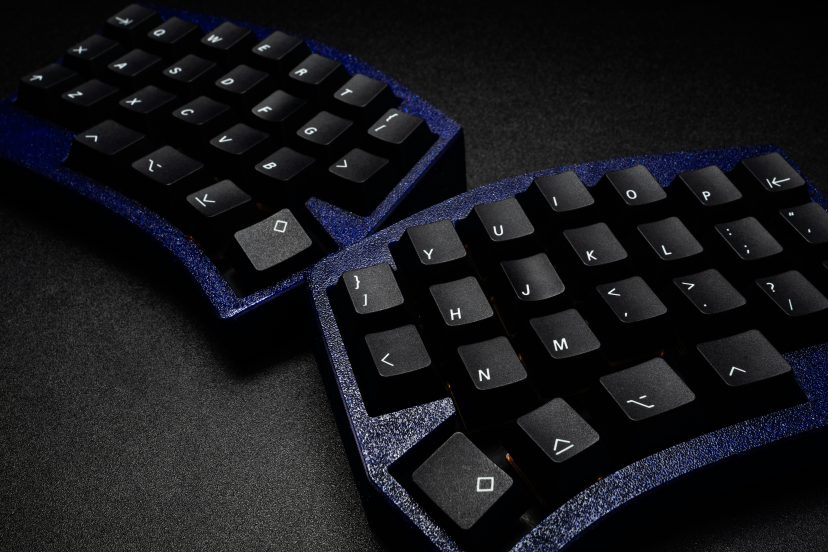
Ergonomic Tools for Carpal Tunnel
When I first developed signs of carpal tunnel—tingling fingers, numbness at night—it was terrifying. Would I have to quit my work? Luckily, ergonomic interventions made a world of difference.
Carpal tunnel-friendly tools:
- Split ergonomic keyboards to keep wrists in a neutral position.
- Vertical mice that reduce forearm rotation.
- Wrist rests to minimize pressure on the median nerve.
- Adjustable monitor stands to prevent shoulder hunching.
Why Skeptics Often Change Their Mind
I get it—some people roll their eyes at the word “ergonomic.” It sounds like marketing fluff, right? But here’s what I tell them: try spending eight hours typing on a flat, $10 keyboard, then switch to a well-designed ergonomic one for a week.
It’s like going from sleeping on a lumpy couch to sinking into a cloud-soft mattress—you feel the difference immediately.
Choosing the Right Ergonomic Tools
The perfect ergonomic tool isn’t necessarily the most expensive—it’s the one that fits you.
Steps to choose wisely:
- Assess your needs – Where is your discomfort coming from? What movements do you repeat most?
- Prioritize adjustability – Look for height, angle, and tension controls.
- Test when possible – Your hands and body will tell you more than a product description.
- Ease of use – If it feels overly complex, it’ll likely end up unused.
- Comfort first – The best tool is the one that feels like an extension of your own body.
Recommended Ergonomic Tools to Try
If you’re ready to bring more comfort, productivity, and health into your daily life, here are some highly-rated ergonomic tools worth considering:
1. Ergonomic Office Chair
Experience all-day comfort with adjustable lumbar support, a breathable mesh back, and multiple height settings to keep your posture in check during long work hours.
2. Sit-Stand Desk Converter
Easily switch between sitting and standing throughout the day to boost energy levels, improve circulation, and reduce back discomfort.
3. Anti-Vibration Power Drill
A must-have for construction and DIY lovers—this drill is built to reduce hand fatigue while delivering powerful performance.
4. Cushioned Garden Tools Set
Soft-grip trowels, pruners, and weeders protect your hands and wrists so you can enjoy more time outdoors without the aches.
5. Long-Handled Weeder
Keeps you upright while removing weeds, protecting your back from bending and stooping.
Scientific Evidence Supporting Ergonomic Tools
Research consistently shows that the right ergonomic interventions can make a measurable difference in comfort, health, and productivity. For example, a Cochrane systematic review on ergonomic interventions for office workers found that properly designed workstations and tools can help reduce musculoskeletal discomfort, especially when paired with training and habit changes. Similarly, a randomized controlled trial on sit-stand workstations demonstrated that combining height-adjustable desks with behavioral coaching significantly reduced daily sitting time and improved overall well-being over a 12-month period. Together, these findings highlight that ergonomic tools are most effective when integrated into a holistic approach that includes both equipment and supportive workplace practices.
Conclusion
This isn’t about buying fancy gear for the sake of it—it’s about making choices today that your future self will thank you for. Imagine being able to work, garden, build, or create well into your later years without chronic pain holding you back. That’s the gift ergonomic tools can give.
And remember, ergonomics isn’t limited to workspaces—your relaxation time matters too. Investing in ergonomic patio furniture can make your outdoor moments just as comfortable and supportive as your indoor ones, ensuring your whole lifestyle supports your body’s health.
FAQs
Q: What are ergonomic tools?
A: Ergonomic tools are products designed to support the human body’s natural posture and movement, reducing strain, preventing injury, and improving comfort during daily tasks.
Q: What are examples of ergonomic equipment?
A: Examples include ergonomic chairs, keyboards, vertical mice, monitor stands, sit-stand desks, anti-vibration drills, and cushioned garden tools.
Q: What is an example of ergonomic?
A: A split ergonomic keyboard that keeps wrists straight and reduces carpal tunnel strain is a classic example.
Q: What are the 7 ergonomic hazards?
A: They include awkward postures, repetitive motions, excessive force, contact stress, vibration, temperature extremes, and static postures.
Q: What are the four types of ergonomics?
A: Physical ergonomics (body mechanics), cognitive ergonomics (mental workload), organizational ergonomics (systems and workflow), and environmental ergonomics (lighting, noise, temperature).

